In Photos: Expedition Everest Reveals Amazing Wildlife
Giant Panda

This Giant Panda, Ailuropoda melanoleuca happily snacks on a piece of bamboo grass in China. Pandas are well known for their black-and-white coloring, which some scientists think they developed to spot other pandas more easily in dense forests.
Qinghai vole
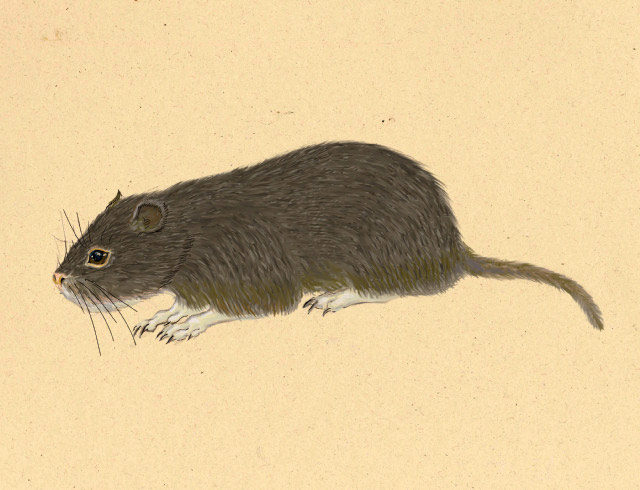
A new subspecies of a small mammal known as the Qinghai vole (Microtus fuscus), a new record for the Sichuan province.
Red panda
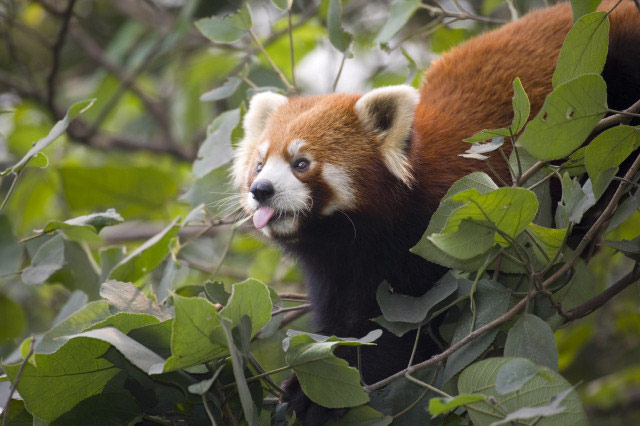
Here’s a critter who doesn’t like having its picture taken. The red panda, Ailurus fulgens and also known as the Lesser Panda, is a bit of a classification enigma for scientists—this cat-sized bamboo chomper has been grouped with raccoons, bears, and even skunks. Recent DNA analysis suggests it might belong to its own, unrelated family.
Jumping "Yeti" mouse
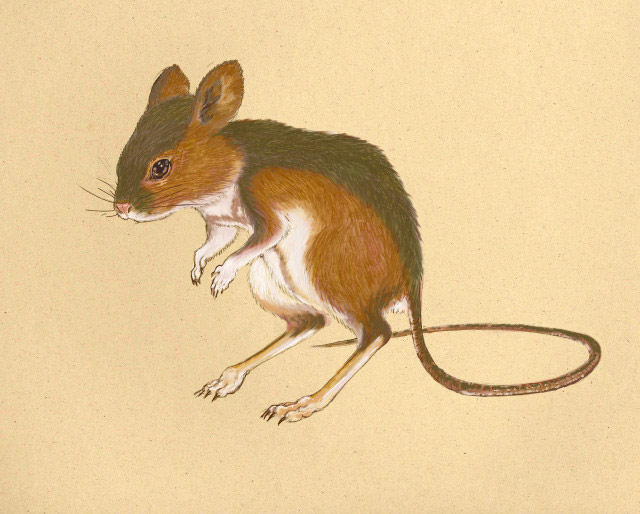
Not quite as formidable as the abominable snowman, the Sichuan jumping "Yeti" mouse (Eozapus setchuanus) from China can be identified by the ‘Y’ marking on its cute, fuzzy belly.
Golden monkey
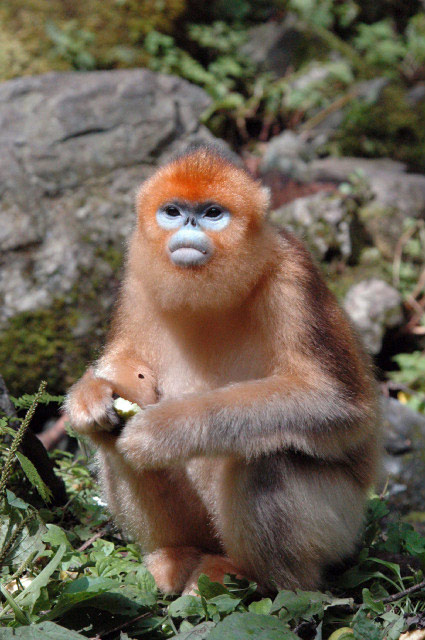
A female Qinling golden monkey, also known as Rhinopithecus roxellana or the snub-nosed monkey, photographed on the Zhouzhi Reserve. This particular lady has no reason to frown—once critically endangered, these monkeys are now thriving.
Serow
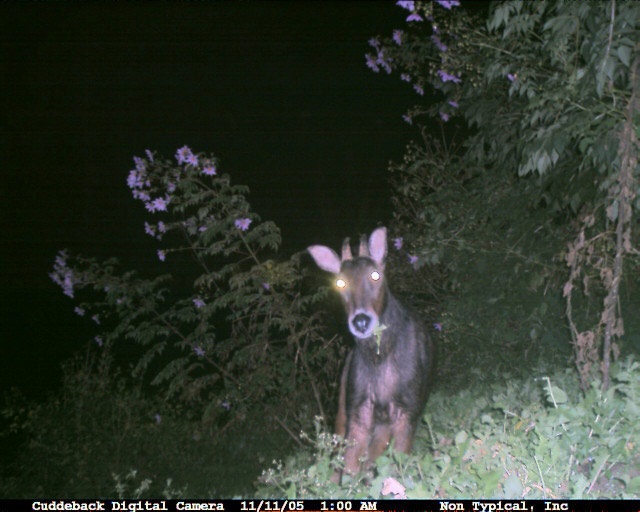
Photographers interrupted this Serow, Nemorhaedus sumatraensis, while it was having a late-night snack in Nepal. Serows are goat-sized and nearly as agile on the mountain slopes. Strangely, both sexes grow beards and horns.
Himalayan tahr

A Himalayan tahr trying to avoid the paparazzi in Nepal. Himalyan tahrs, Hemitragus jemlahicus, are very shy creatures and are difficult to approach without scaring away. Both males and females grow horns, which males use to fight over mates.
Get the world’s most fascinating discoveries delivered straight to your inbox.
Wild boar
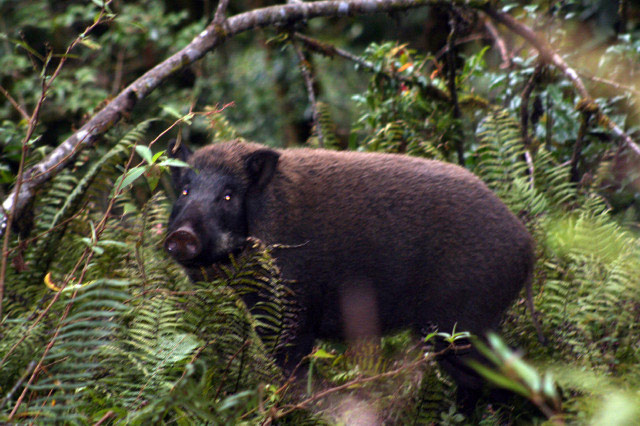
This wild boar is a real porker. Although they’re the wild ancestor of domesticated pigs, these guys, Sus scrofa, are much grumpier and can become aggressive if cornered.
Paa Frog
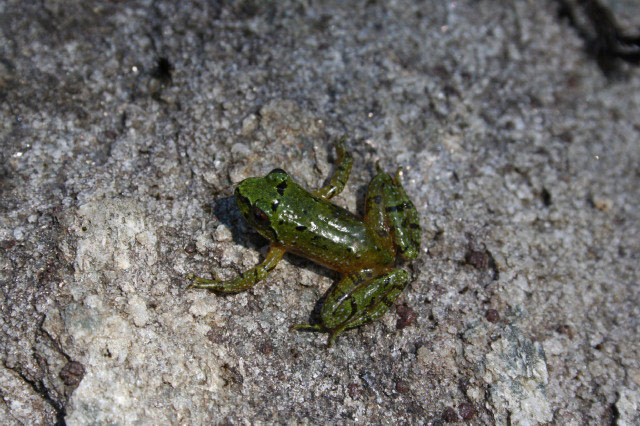
A Paa frog, photographed in Nepal. Ever wonder why frogs are green? Follow this link to find out. It’s not as easy as you might think.
Aphaenogaster Ant
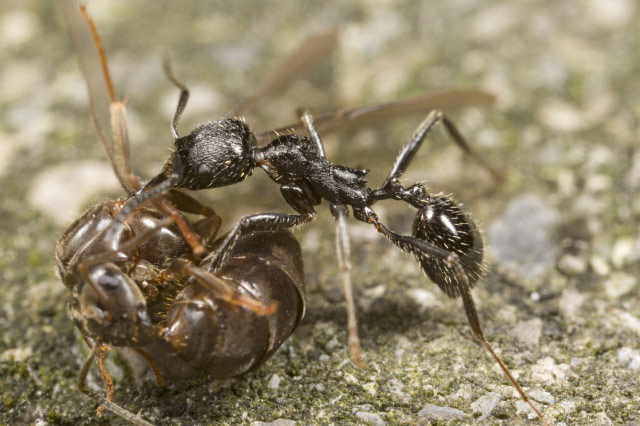
Aphaenogaster ants, such as this one photographed in the Sichuan Province in China, belong to a family of harvesting ants. Species from this family can be found around the world and help disperse plant seeds. Recent studies have revealed that ants teach each other how to find food.
Giant "yak killer" hornet

The giant Asian hornet (Vespa mandarinia) has earned the nickname “yak killer” from local villagers. At nearly 2 inches long, they’re the world’s largest hornets. Victims describe their quarter-inch-long stingers as feeling like a hot nail. The stinger delivers a lethal venom that dissolves human tissue, and, as the name implies, can kill a yak.


